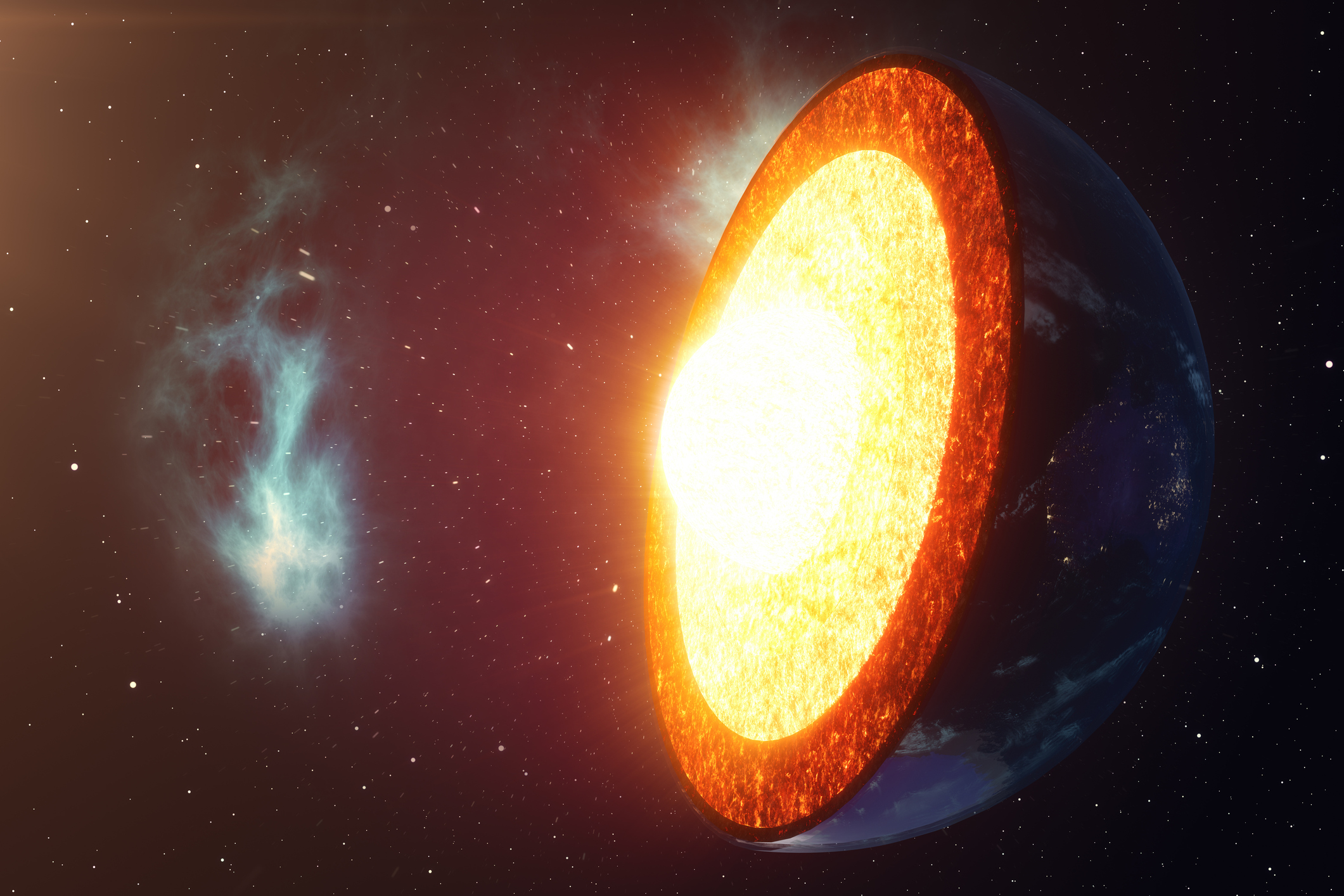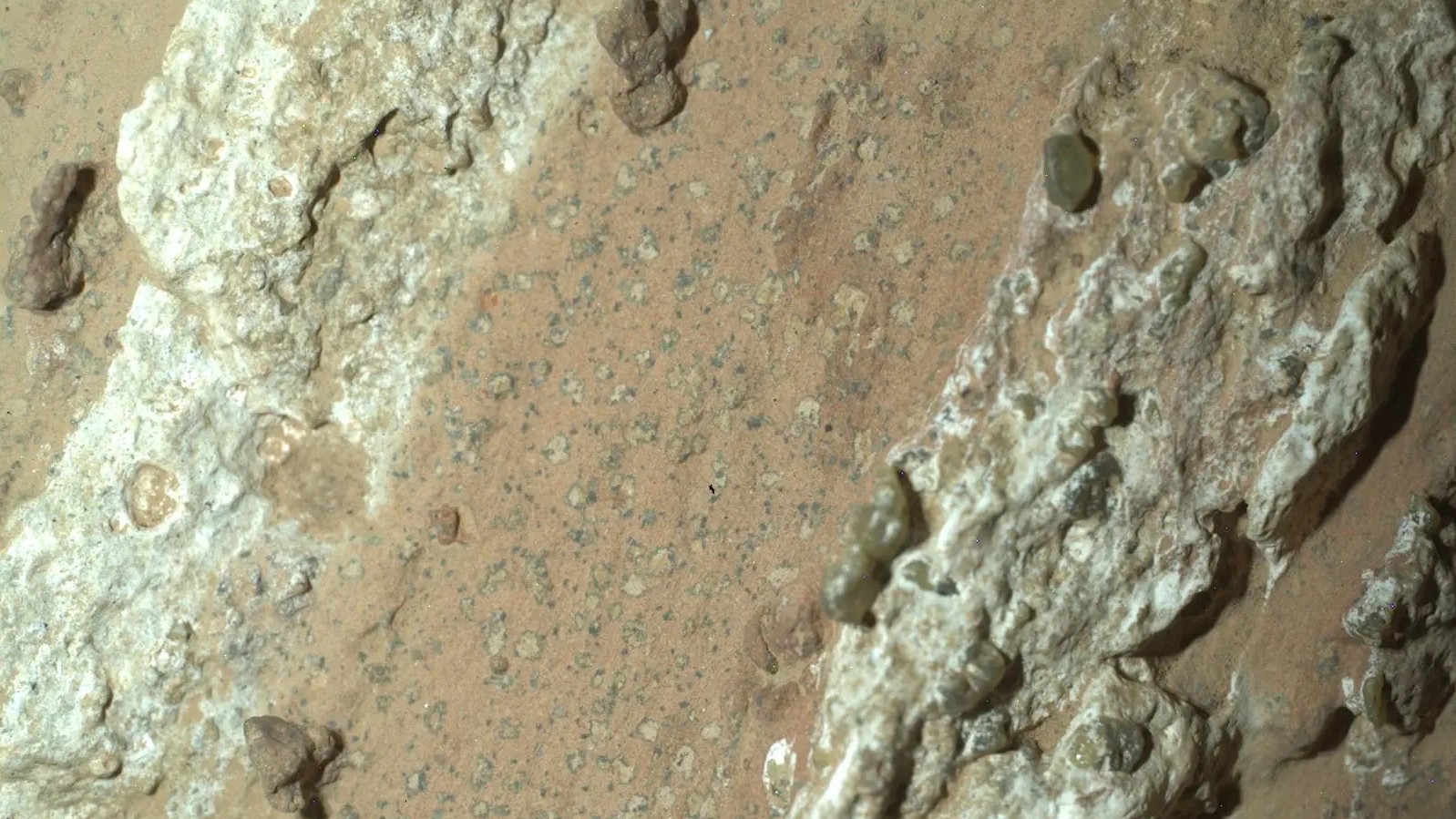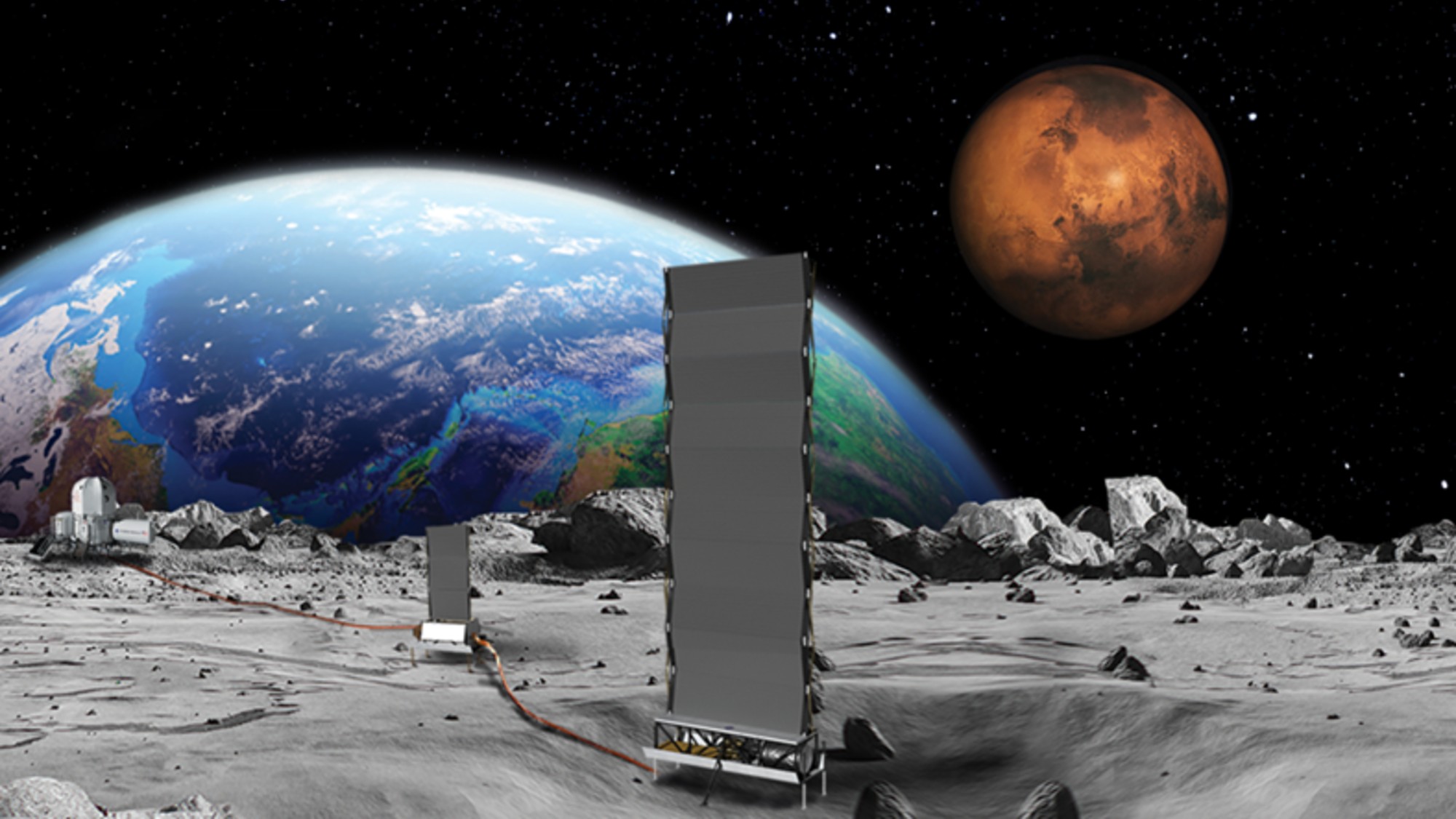Earth's inner core may have 'paused' its rotation. But don't panic.


Don't freak out, but ...
Earth's inner core — otherwise known as the "dense center of our planet," as The New York Times describes it — may have actually "paused" its rotation as it prepares to begin turning the other way, a new study published Monday in the Nature Geoscience journal has suggested.
Further, the research from study co-authors Yi Yang and Xiaodong Song of Beijing's Pekin University indicates that the readjustment is part of a 60 to 70-year cycle in which the planet's inner-most core shifts its rotational direction every few decades or so. The pair's potentially revelatory findings could help solve "longstanding mysteries about climate and geological phenomena that occur on a similar timeframe, and that affect life on our planet," Vice News reports.
The Week
Escape your echo chamber. Get the facts behind the news, plus analysis from multiple perspectives.

Sign up for The Week's Free Newsletters
From our morning news briefing to a weekly Good News Newsletter, get the best of The Week delivered directly to your inbox.
From our morning news briefing to a weekly Good News Newsletter, get the best of The Week delivered directly to your inbox.
If this underground shift sounds scary and potentially world-ending, don't worry — it's not. In actuality, it has probably been happening under the surface "for eons," Times adds.
Considering its location, not much else is known about Earth's inner core, which Yang and Song described to the Times as a "planet within a planet." In conducting the study, which analyzed seismic waves as they reached the core, the pair hoped to learn more about the movements within the layer and further their understanding of how the center connects with the rest of the world.
The supposed readjustment is unlikely to dramatically affect life closer to the planet's surface, the Times notes, though it could potentially cause "subtle shifts in the planet's magnetic field" or "tweak the length of a day, which is known to increase and decrease by a fraction of a millisecond every six years."
It is also worth noting that there are competing inner-core theories to Yang and Song's, though the duo's analysis "is probably as good as anything at the moment," earth sciences professor John Vidale told The Wall Street Journal.
A free daily email with the biggest news stories of the day – and the best features from TheWeek.com
Brigid Kennedy worked at The Week from 2021 to 2023 as a staff writer, junior editor and then story editor, with an interest in U.S. politics, the economy and the music industry.
-
 Blue Origin launches Mars probes in NASA debut
Blue Origin launches Mars probes in NASA debutSpeed Read The New Glenn rocket is carrying small twin spacecraft toward Mars as part of NASA’s Escapade mission
-
 Dinosaurs were thriving before asteroid, study finds
Dinosaurs were thriving before asteroid, study findsSpeed Read The dinosaurs would not have gone extinct if not for the asteroid
-
 Africa could become the next frontier for space programs
Africa could become the next frontier for space programsThe Explainer China and the US are both working on space applications for Africa
-
 NASA reveals ‘clearest sign of life’ on Mars yet
NASA reveals ‘clearest sign of life’ on Mars yetSpeed Read The evidence came in the form of a rock sample collected on the planet
-
 SpaceX breaks Starship losing streak in 10th test
SpaceX breaks Starship losing streak in 10th testspeed read The Starship rocket's test flight was largely successful, deploying eight dummy satellites during its hour in space
-
 Rabbits with 'horns' sighted across Colorado
Rabbits with 'horns' sighted across Coloradospeed read These creatures are infected with the 'mostly harmless' Shope papilloma virus
-
 Why does the US want to put nuclear reactors on the moon?
Why does the US want to put nuclear reactors on the moon?Today's Big Question The plans come as NASA is facing significant budget cuts
-
 Lithium shows promise in Alzheimer's study
Lithium shows promise in Alzheimer's studySpeed Read Potential new treatments could use small amounts of the common metal



